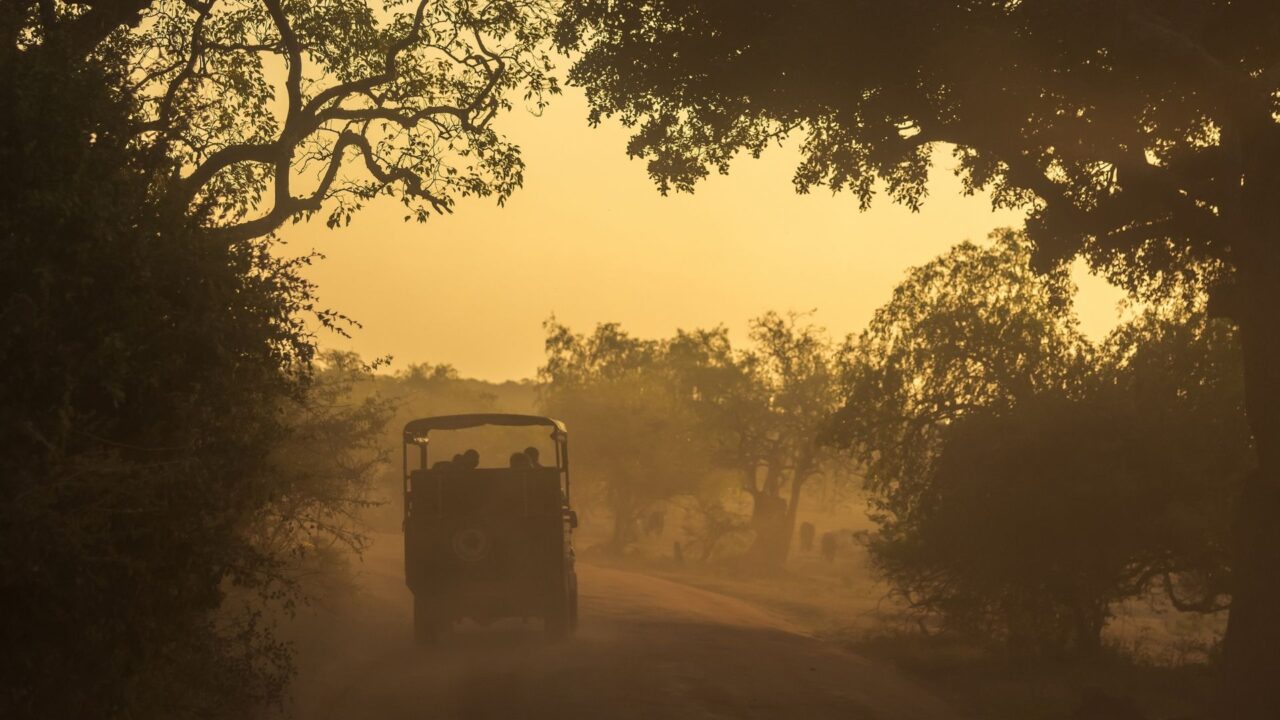
Deep forest covers over a quarter of Sri Lanka, with around half of it set aside for animal conservation. The national parks of Sri Lanka are home to elephants, leopards, and crocodiles, as well as a diverse array of gorgeous birds.
The country’s first wildlife sanctuary is said to have been established in the 3rd century BC by the island’s first Buddhist king, Devanampiya Tissa, while modern reserves like Udawattekele Sanctuary in Kandy and the Sinharaja rainforest can also trace their origins back centuries to the days when they were royal reserves.
Despite a growing population and increasing strain on land, Sri Lanka remains a predominantly rural and undeveloped island. Large areas of the island are designated as national parks and reserves, reflecting both traditional Buddhist care for all kinds of life and the growing importance of ecotourism in the country’s key tourism industry.
The Ramsar Convention on Wetlands has designated Bundala National Park as the first Sri Lankan wetland to be designated as a Ramsar site. This thorny scrub forest with its beaches, sand dunes, and lagoons, located 250 kilometers south of Colombo in the Hambantota district, has become noted for its diverse biodiversity. It is a popular reserve for birdwatchers and wildlife enthusiasts, featuring 197 different bird species and 32 distinct animal species. Because of the enormous numbers of Greater Flamingos that travel there from Siberia and the Rann of Kutch in India, Bundala National Park is considered a specialized bird viewing experience. Between August and April, the Greater Flamingos come at Bundala, and up to 2000 of them have been counted during one migratory phase. Other species that can be found, a small herd of elephants, wild boar, sambar, spotted deer, and grey langur monkeys.
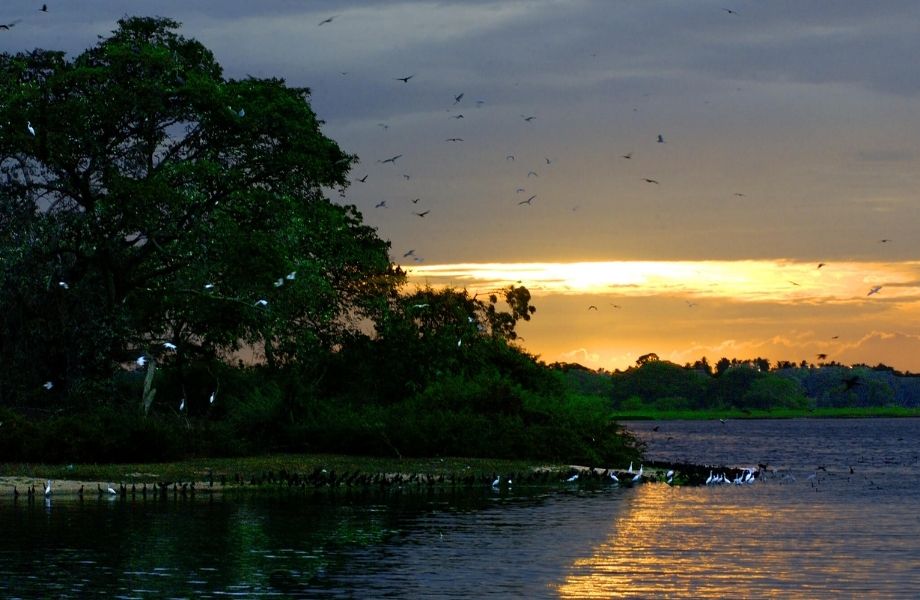
Horton Plains, at almost 2000 meters above sea level, is Sri Lanka’s highest plateau and one of the country’s most “amazing and forbidding locations.”
The plains, located 20 kilometers south of Nuwara Eliya in the central hill country, are tough to get but well worth the effort. This breathtaking terrain, with its wild meadows, lush forest areas, lakes, and waterfalls, is a sight to behold. The plains are home to a diverse range of animals, including wild boar and sambar deer, as well as the shaggy bear-monkey and the rare toque macaque. Bakers Falls and Chimney Pool are among the highlights of Horton Plains National Park, at the end of the Horton Plains plateau, is said to have the best view in Sri Lanka, with an 880m drop downwards.

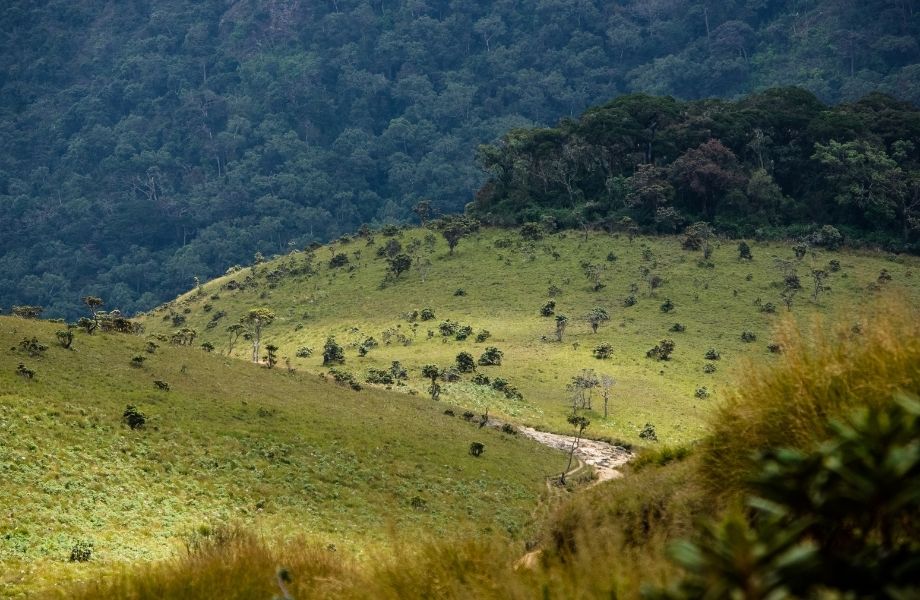

The Gal Oya Valley project was Sri Lanka’s first major irrigation project after independence. The Senanayake Samudra, the country’s largest reservoir, was built within it and is regarded an important component of the Gal Oya National Park. In fact, the Gal Oya National Park holds the distinction of being the country’s sole park that offers boat safaris.One of the most exciting features of the boat safari is seeing elephants swimming across the lake. That is, if the park’s magnificent hill-forests, leopards, water buffaloes, wild boar, crocodiles, and other types of deer haven’t already impressed you. On the Senanayake Samudra, there are various little islands that are home to a variety of bird species. From the 430 bird species recorded in Sri Lanka, 150 are thought to be resident at Gal Oya.
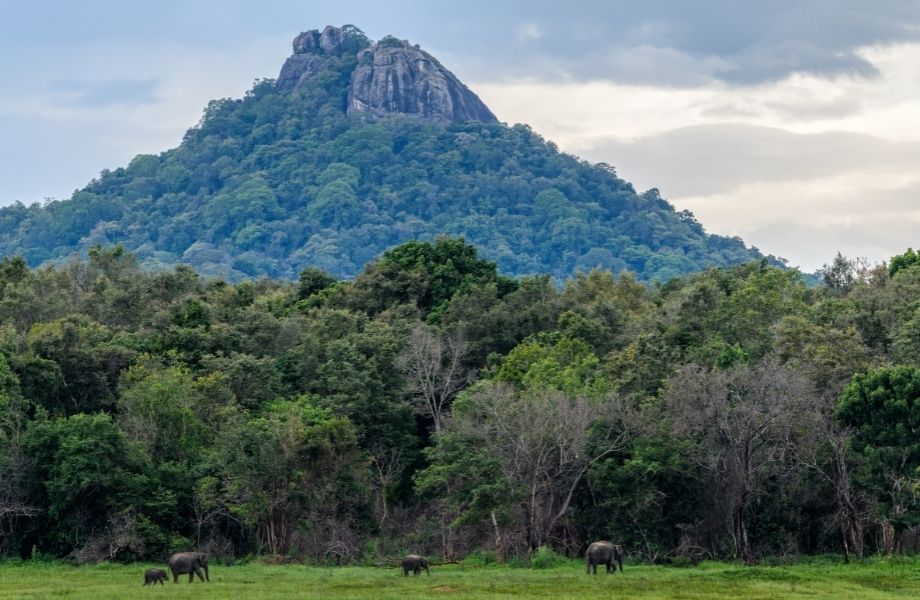
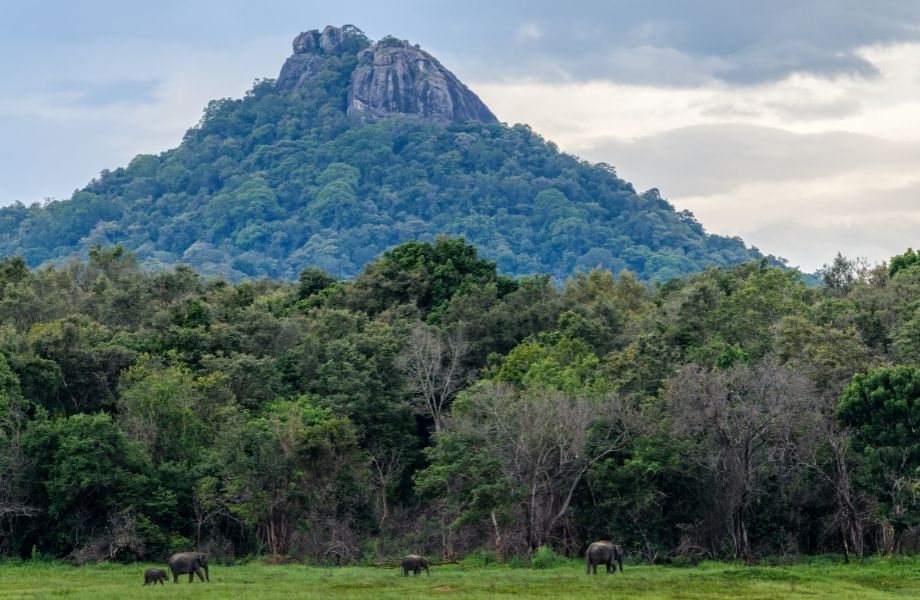

Kaudulla National Park, Sri Lanka’s newest national park and wildlife reserve, was established in 2002 and is the country’s newest eco-tourism attraction. Kaudulla is about 6 kilometers from the Gal Oya Junction on the Habarana – Trincomalee route. The park’s name comes from its location near the historic Kaudalla Tank of ancient King Mahasena. Jeep safaris are the recommended method of visiting the park, and the months of August to December have been designated as the best months to do so because the area is home to roughly 250 elephants throughout that time. In the park, a 6656-hectare elephant corridor has been built between the Minneriya National Park and the Somawathie Chaitya. There are 24 animal species, 25 reptile species, and 160 bird species in the park’s dry evergreen forests. Visitors to Kaudulla are drawn to leopards, fishing cats, sloth bears, and the endangered rusty spotted cat.

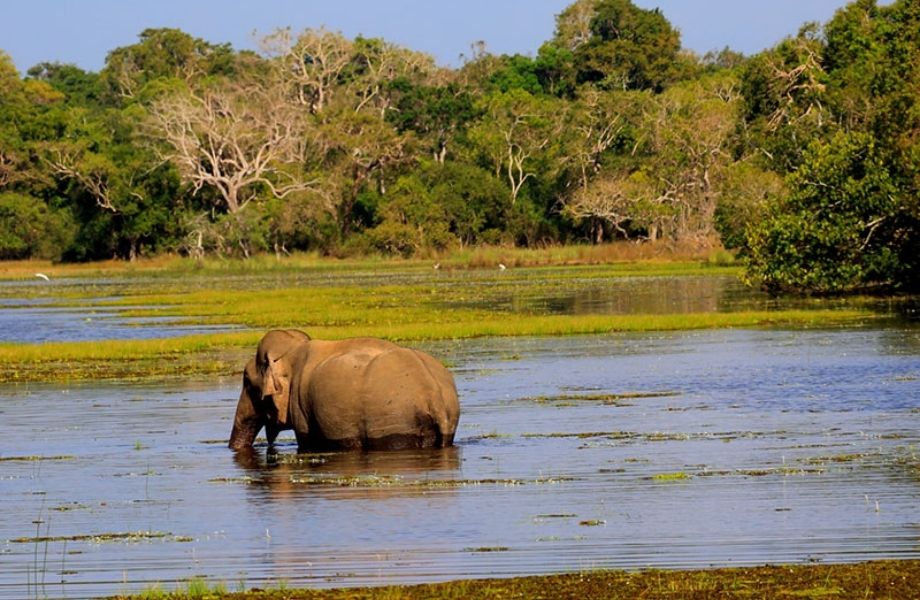

The Kumana National Park is Sri Lanka’s foremost bird sanctuary, with a broad range of endemic and migrating species. It is located in the south-east corner of the country, adjacent to the Yala National Park. Kumana is a popular destination for bird watchers and is a great place to camp and go on safari.Kumana is home to a total of 255 bird species, including the highly uncommon migratory Black Necked storks, Yellow Footed Green pigeons, and Greater Racket-tailed Drongo, as well as animals such as the European Otter, Golden Jackal, and a few elephants. Cave inscriptions from the first and second centuries that have been uncovered in the park’s surroundings are quite fascinating. The well-known Pada Yatra pilgrims, including Hindu and Buddhist worshippers, cross Kumana on foot every year on their way to Kataragama.
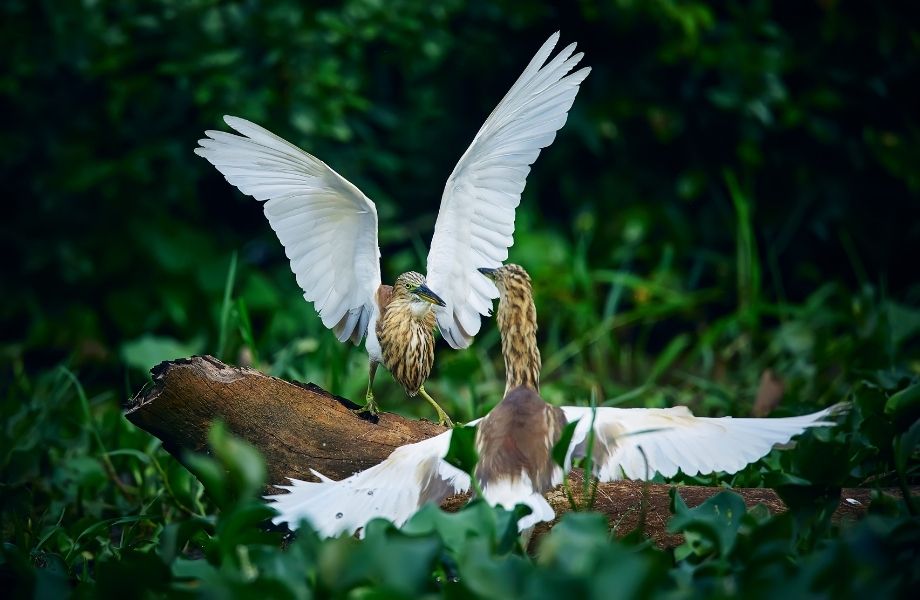
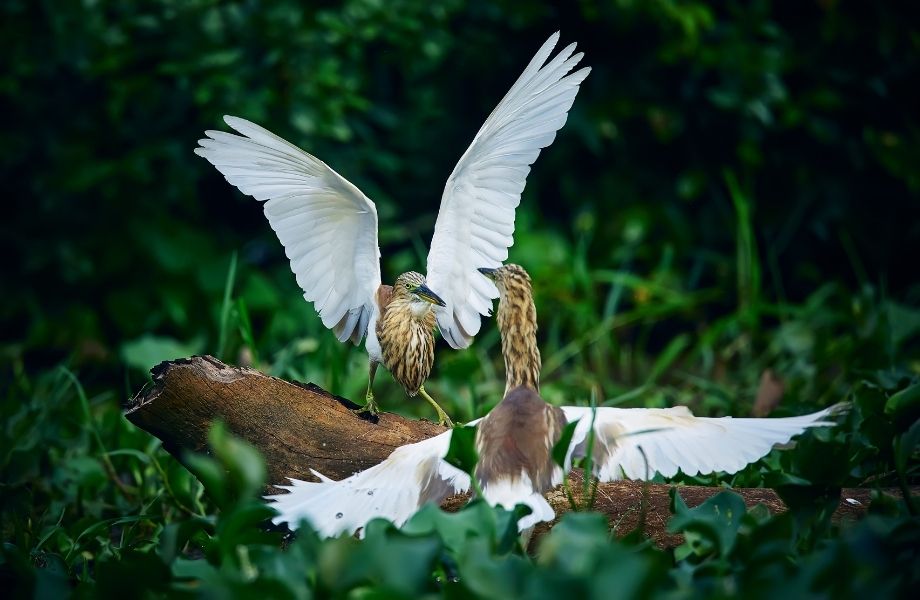

The scrub woodlands of the Minneriya National Park lie between Habarana and Polonnaruwa. The park is currently a world-renowned destination place for sambar deer, toque macaques, and leopards. This is because the world’s greatest gathering of elephants takes place on the beaches of Minneriya’s almost 2000-year-old man-made lake.place. During the dry season, from July to October, this stunning sight can be seen within the Minneriya National Park’s limits. It’s little surprise that Lonely Planet has listed it as one of the finest wildlife spectacles in the world, with approximately 300 elephants gathering every evening. The ‘Gathering’ (as it’s been known) is a result of the drought’s lack of waterholes. The elephants make their way to the Minneriya tank when they are unable to collect their daily supply of water, making it a must-see event.
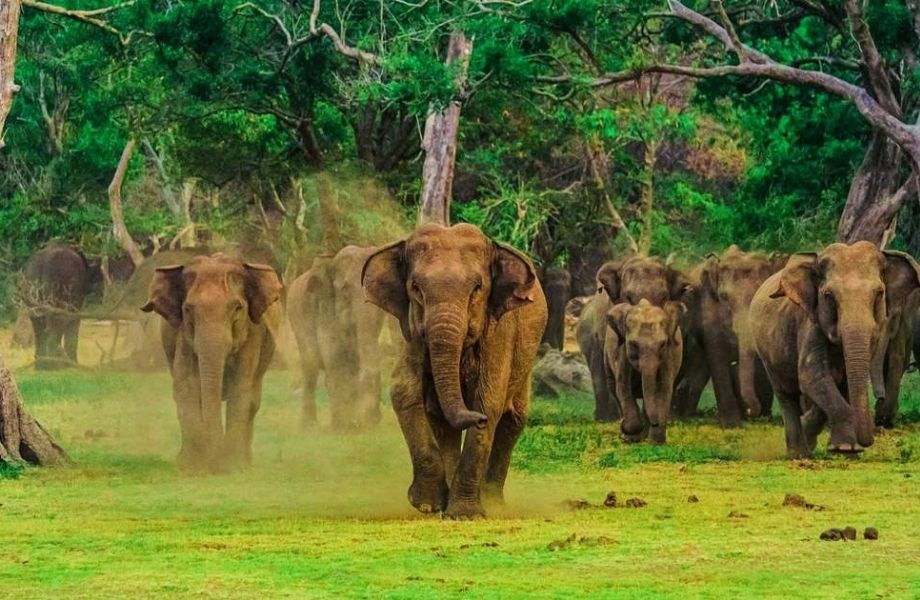
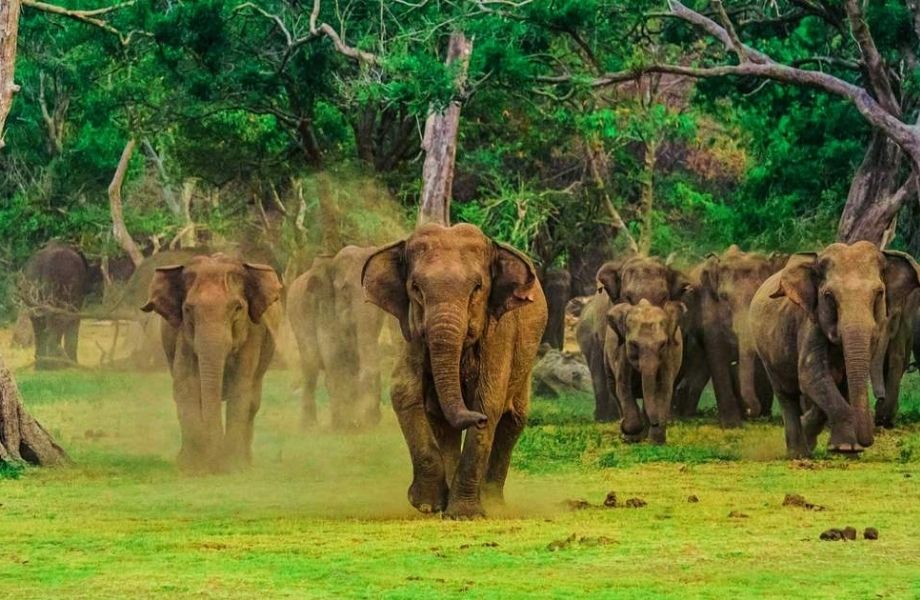

Sri Lanka’s most visited national park, Yala, is tucked away in the southeastern part of the island, 300 kilometers from the capital Colombo. The park is made up of five blocks, only two of which are open to the public, according to the BBC, making it one of Asia’s top wildlife destinations.Because of the great density of leopards in Block 1, it is regularly visited. However, until 1938, Block 1 was a hunting reserve, and it was only after that that it was designated as a conservation reserve. Elephants can also be seen grazing in the scrub jungle or ambling over the road in Yala. The amazing mating dance of the fantastic peacock is one of the most beautiful sights at Yala. The majority of vacationers when they are rewarded in this way by the peacock, 18/29 deem the long trek well worth it. Without a doubt, this is the pinnacle of wildlife safaris.
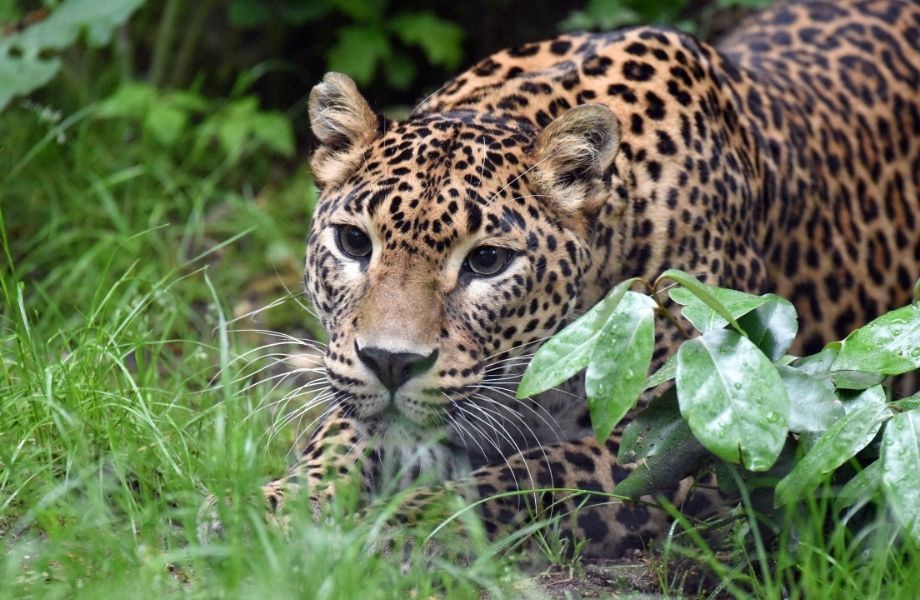
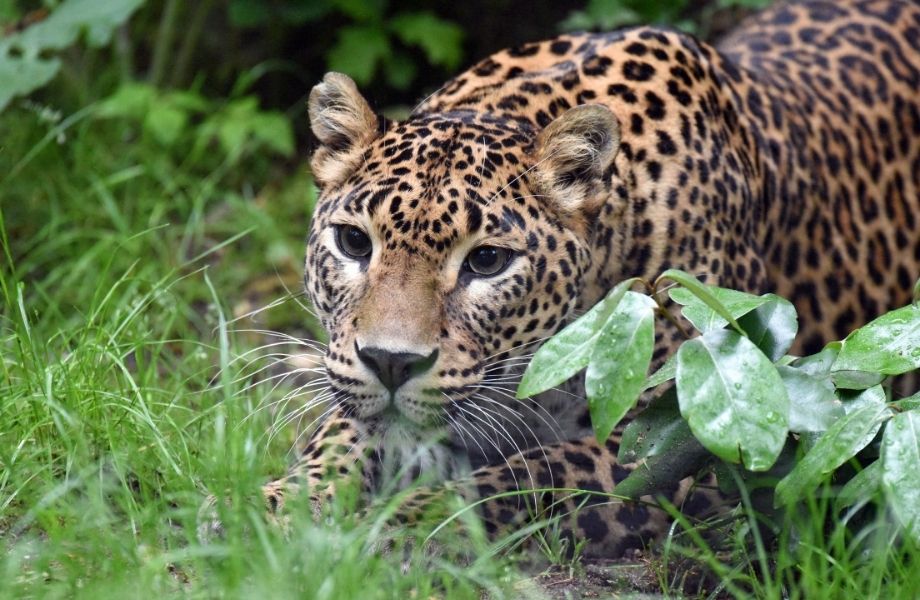

The Udawalawe National Park, located south of the central hill country, was established in 1972 after the Udawalawe Reservoir was built, displacing the area’s wild animals. Udawalawe, Sri Lanka’s third most popular park, is an important habitat for aquatic birds and Sri Lankan elephants. Udawalawe is known to be one of the greatest spots on the island to see elephants, with roughly 600 of them in the park.The Elephant Transit Home was established in 1995 to give shelter and a home for roughly 25 orphaned elephants in the wild. Crocodiles, foxes, 30 different snake species, spotted and sambar deer, hundreds of buffaloes, and a few leopards all live in UdaWalawe. If you prefer to live in the wild, there are three tent sites and four bungalows located beside the reservoir and the Walawe Ganga.
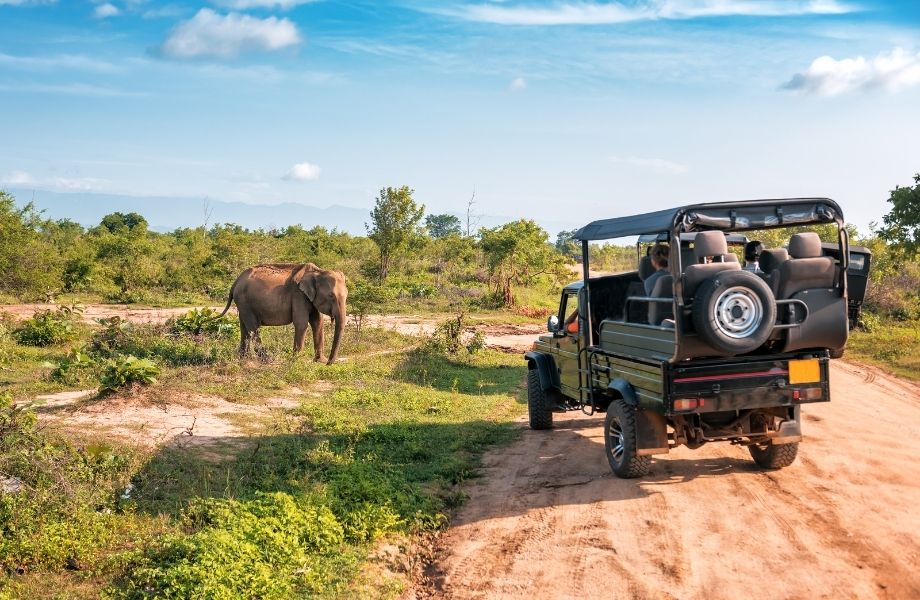
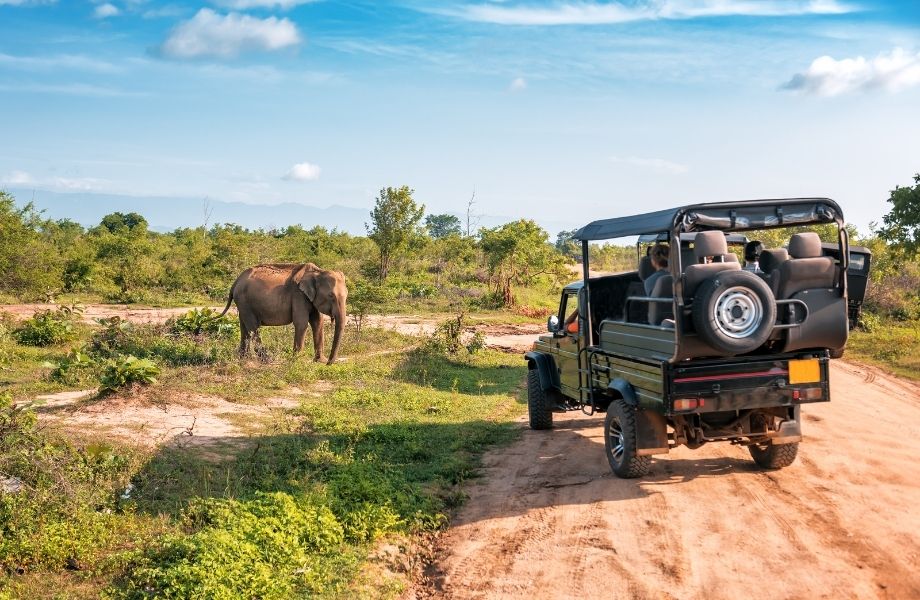

The name ‘Wasgamuwa’ comes from the words ‘Walas Gamuwa,’ where Walasa or walaha is the Sinhalese word for sloth bear and Gamuwa is the Sinhalese word for wood. The park was called after the enormous number of Sri Lankan Sloth bears that once roamed the area. It is still home to these endangered animals, however spotting them is not as easy as it once was. The park, which borders the Mahawelia and Amban rivers and is nearly entirely surrounded by rivers, is an excellent area to watch some rare bird species.Wasgamuwa, for example, is home to the endemic Red-Faced Malkoha and the Yellow Fronted Barbet. The park has a high level of biodiversity, with over 150 kinds of vegetation. The remnants of the Dathota, Malagamuwa, and Wilmitiya irrigation tanks, as well as the Kalinga Yoda Ela canel erected by Parakramabahu I, add to its historical value.
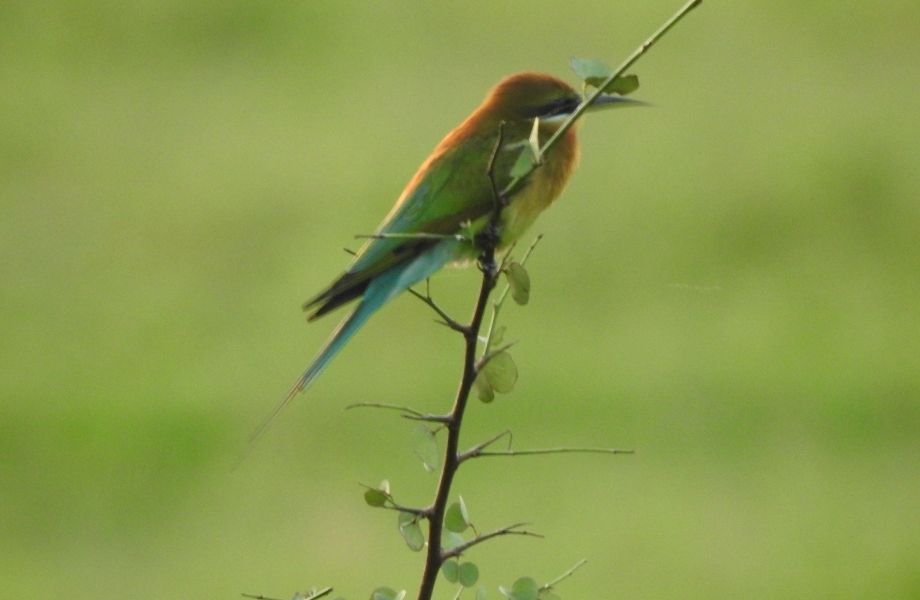
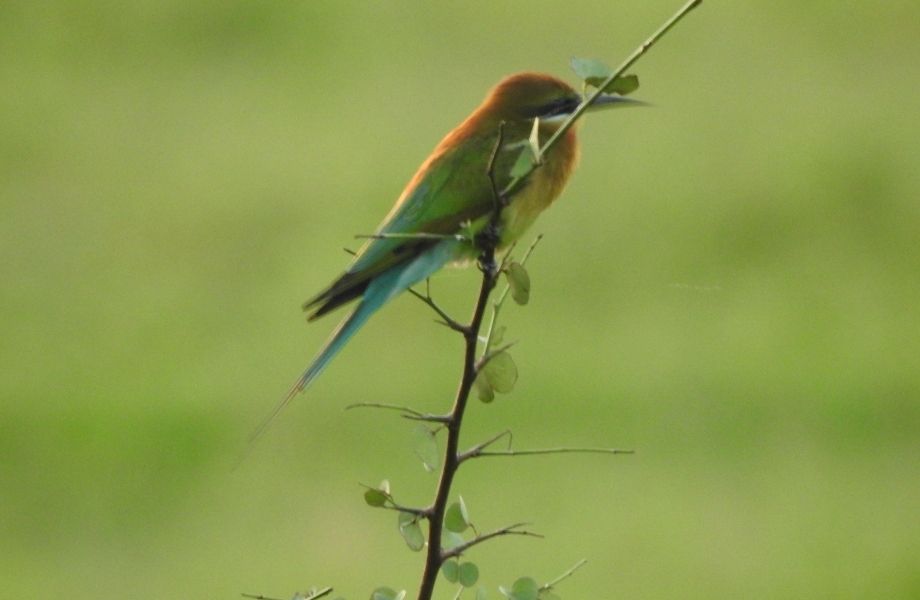

Kitulgala is most known for The Bridge on the River Kwai, a 1957 Academy Award-winning film set on the Kelani River. Kitulgala, also known as the Kelani Valley Forest Reserve, is a rain forest area hit by both monsoons and is possibly the wettest place in Sri Lanka. It was constructed to safeguard the drainage basin of the Kelani River.Kitulgala is home to a large variety of elusive endemic birds, including the Ceylon Grey Hornbill, Spot-winged Thrush, and Ceylon Scimitar Babbler. The river is home to rare fish and amphibians, as well as the Grizzled Indian Squirrel and other mammals. Kitulgala, on the other hand, has become synonymous with white-water rafting. When someone proposes going to Kitulgala, the first thing that comes to mind is a weekend of adventure that would undoubtedly include some delectable meals, a jungle stroll, and camping in the great outdoors.
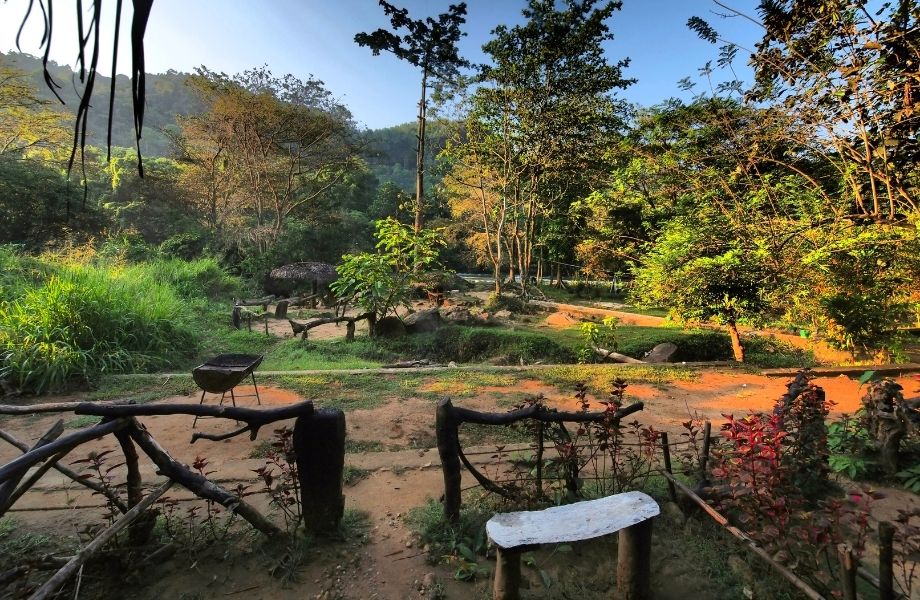
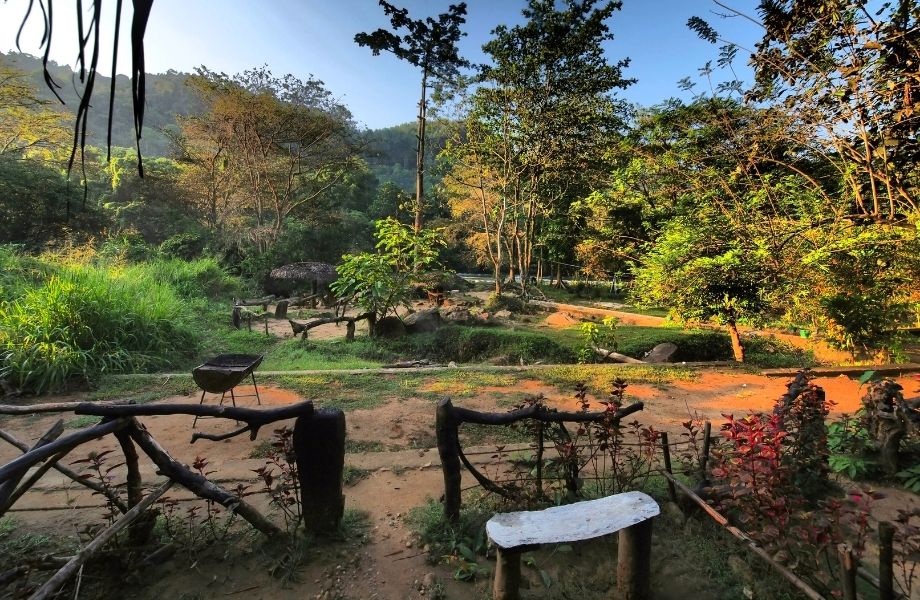

The Sinharaja Rainforest is a certified Biosphere Reserve and a UNESCO World Heritage Site in Sri Lanka’s south-west lowland wet zone. It was officially designated as a forest reserve in 1875, although it has long held mythical and historical significance for the Sri Lankan people.Sinharaja, which means “Lion (Sinha) and King (Raja) in Sinhala, is Sri Lanka’s last remaining tropical rainforest, with 60 percent of the trees being endemic. It is also home to almost half of Sri Lanka’s endemic mammals, butterflies, reptiles, unusual amphibians, and insects. The astounding variety of life that visitors to Sinharaja meet while visiting this biodiversity hotspot never ceases to amaze them. A Spineless Forest Lizard, a Sri Lankan Rose, and a Bamboo Orchid are just a few of the unique animals and flora that may be found here.
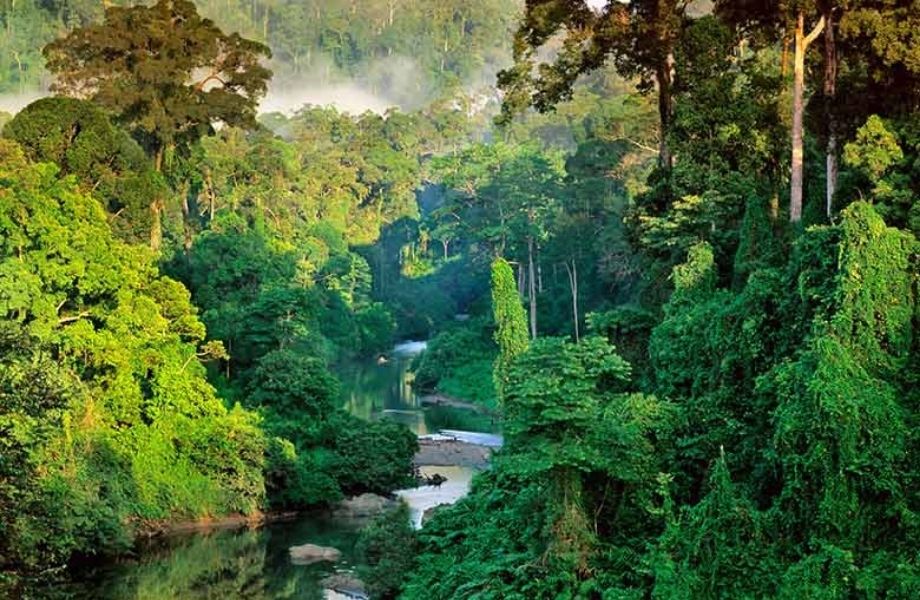


Pigeon Island, one of Sri Lanka’s two marine national parks, is a popular tourist destination on the East Coast. Pigeon Island, located barely 1km from the beautiful coastal town of Nilaveli, is named for the endangered Blue Rock Pigeon, which is native to the island.The islands were first designated as a sanctuary in 1963 to protect the birds, and then as a National Park in 2003. Large pigeon island and little pigeon island make up the region. It’s also known for having among of Sri Lanka’s best preserved coral reefs, as the coral reefs that circle huge pigeon island are nearly 200 feet long and 100 meters wide. Its waters are home to 300 kinds coral reef fish, as well as juvenile and adult Black-tip reef sharks and sea turtles, making it an underwater wonder to behold.
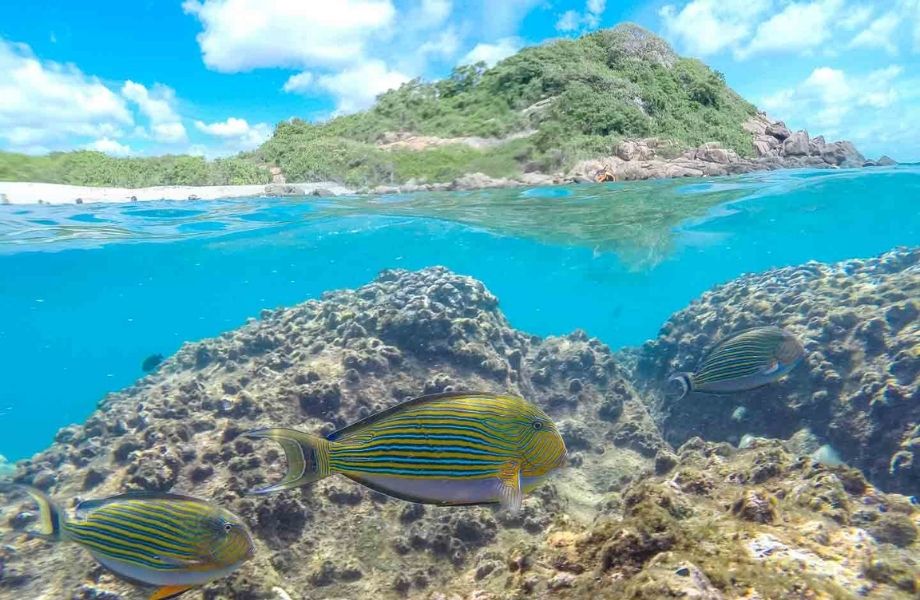


Mullativu, which was formerly the site of severe clashes during Sri Lanka’s civil war, is now undergoing a makeover, with the northern half of the district being designated as a Wildlife Sanctuary. A nature sanctuary for elephants has been established on more than 100,000 acres in northern Mullativu.The sanctuary was formed, according to the government, to address the growing conflict between wild elephants and humans as a result of deforestation, which has ruined the elephants’ natural habitat. This caused elephants to seek food in areas populated by villages, resulting in a number of human and elephant deaths. There were 15,000 elephants living free in the wild a century ago, but now there are only 3000-4000, creating anxiety among animal experts. The purpose of designating the northern jungles of Sri Lanka as a National Park is to preserve the island’s natural environments.
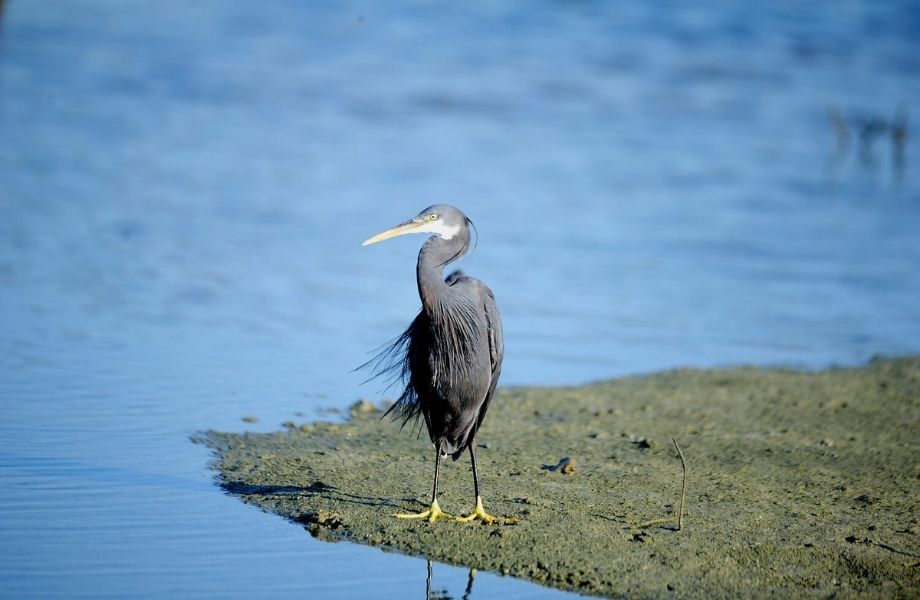
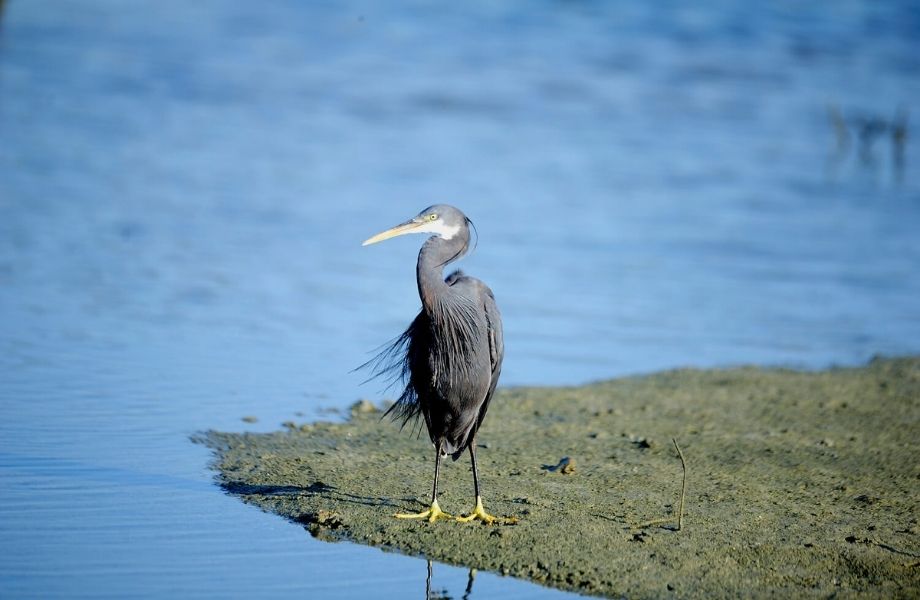




































The attractions of Sri Lanka are diverse enough to entice and please any visitor. Ancient cave temples, an extraordinary rock citadel, medieval Kandyan building styles with high hipped roofs, colonial bungalows and Edwardian mansions
Here you can browse our pre-made itineraries or create your very own personalized itinerary to match your needs and budget.
Is Sri Lanka exciting enough for you? Trust us! For such a little island, Sri Lanka packs a powerful punch of excitement and adventures. Reach us or allow our information team to contact you.
There are numerous cultural and religious landmarks in Sri Lanka. From old city ruins to temples and shrines, and all in between
Magical Vacations Lanka (Private) Limited,
250, Canal Road, Uswetekeiyawa,
Sri Lanka
Postal Code: 11328
For Inquiries Dial Or WhatsApp
+94 72 240 5198
+94 (77) 108 4703
(24/7)(Only for international inquiries)
General : +94 722 405 198 (WhatsApp)
Email: [email protected]
Site Map
Follow us on